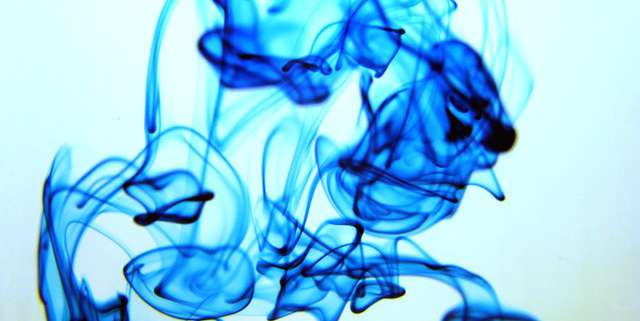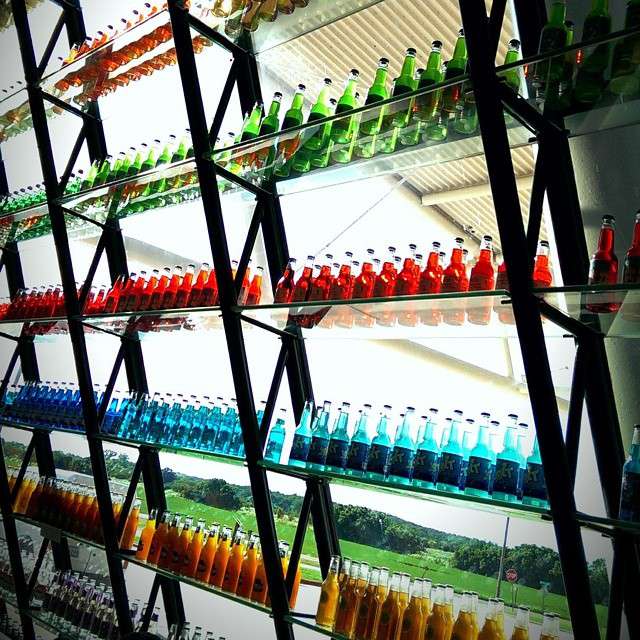
Spectrophotometric technology not only quantifies food color additives, but can also store this data for product formulation and repeatability. Image Source: frankieleon
Sitting at the kitchen table and trying to help my nine-year-old son to work through long division is like watching a squirrel trying to run from a pack of wild dogs. Continually wiggling and focusing anywhere but on his paper, it’s a wonder that he doesn’t slide right off the chair without being duct-taped to it (yes, the thought has crossed my mind). As a responsible parent, I began looking for anything that might be contributing to his lack of focus and never ending energy-supply. At the top of the list were numerous articles that investigated food dye analysis in commercial products for clues as to how excessive coloring additives can greatly impact a child’s behavior. I immediately went to my food pantry to identify any hidden culprits.
Food dye analysis plays an important role in food production quality and safety. Understanding the parameters of both natural and synthetic dyes is an important step in commercial food product development. Image Source: Flickr’ University of Exeter


